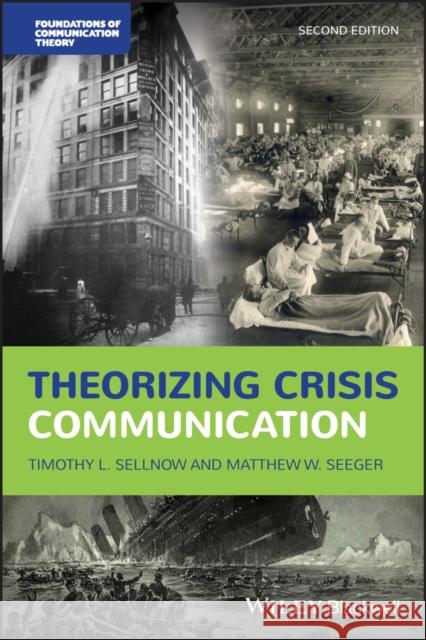Theorizing Crisis Communication » książka
topmenu
Theorizing Crisis Communication
ISBN-13: 9781119615910 / Angielski / Miękka / 2021 / 368 str.
Kategorie:
Kategorie BISAC:
Wydawca:
Wiley-Blackwell
Seria wydawnicza:
Język:
Angielski
ISBN-13:
9781119615910
Rok wydania:
2021
Numer serii:
000466538
Ilość stron:
368
Waga:
0.56 kg
Wymiary:
22.61 x 15.24 x 1.78
Oprawa:
Miękka
Wolumenów:
01
Dodatkowe informacje:
Bibliografia











